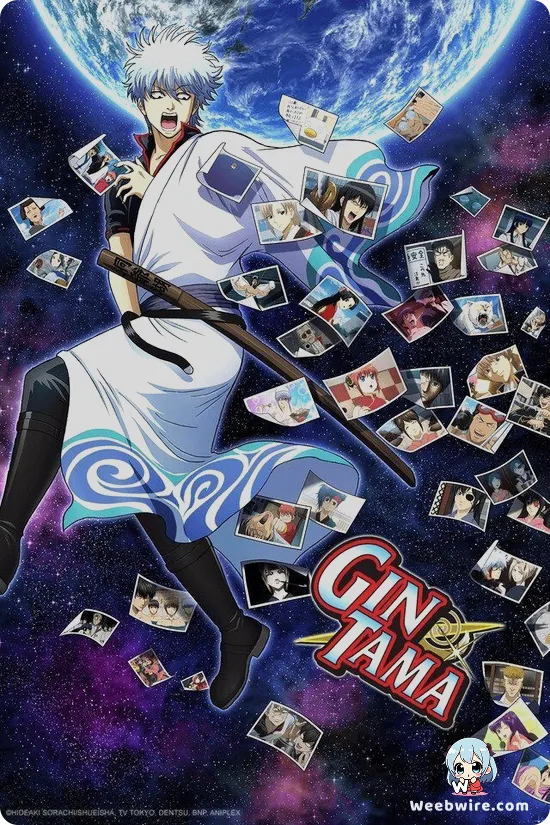Initial D 2nd Stage: The Technical Revolution That Defined Motorsports Anime, From Refined CGI to Authentic Engine Roars

When Initial D 2nd Stage debuted in 1999, it represented more than a simple continuation of Takumi Fujiwara's street racing narrative. It served as a critical evolutionary phase that significantly strengthened the technical foundation of the franchise. Moving past the raw, instinctual driving talent highlighted in the first season, the second stage meticulously explored advanced, real-world motorsports theory. This challenged Takumi and his beloved Toyota AE86 with sophisticated new rivals and complex track dynamics. For dedicated enthusiasts, this installment is often regarded as the definitive technical refinement of the Initial D universe.
A major achievement of this installment was the refinement of its revolutionary animation style. While the initial season introduced a hybrid approach combining traditional 2D character art with early 3D Computer Generated Imagery (CGI) for the races, 2nd Stage demonstrated studio OB Planning's mastery of this technique. The improved 3D modeling facilitated dynamic, breathtaking camera movements and angles previously unattainable, showcasing high-speed action with newfound sophistication. Although firmly rooted in the late 1990s aesthetic, where vehicle details often surpassed the surrounding environment, the unique, slightly discontinuous frame rate of the 3D sequences paradoxically intensified the perception of uncontrolled velocity and danger. This established an unmistakable visual signature synonymous with the franchise's early years.
Commitment to Auditory Authenticity
Equally vital to the series’ realism is its unparalleled dedication to sound design. Initial D is recognized for treating engine acoustics with the same seriousness as visual fidelity. The production team undertook extensive efforts to record the authentic roars, throttles, and tire screeches of the actual vehicle models featured, including the upgraded AE86 driven by Takumi.
This commitment to auditory authenticity reached a peak in 2nd Stage with the introduction of the formidable Emperor Team, led by Kyoichi Sudo and Seiji Iwaki. Their high-performance Mitsubishi Lancer Evolutions (specifically the Evo II and Evo IV) were selected to represent the pinnacle of rally-derived street performance and provided a sharp sonic contrast. The distinct, high-pitched turbo whine and the sound of their anti-lag systems dramatically emphasized the technical disparity against the naturally aspirated scream of Takumi’s machine.

The arrival of the Emperor Team marked a significant thematic and technical turning point. Driving all-wheel-drive (AWD) vehicles, they presented a fundamental challenge to Takumi’s mastery of rear-wheel-drive (RWD). This rivalry served as a compelling platform to educate viewers on the core differences between AWD and RWD handling, particularly under adverse conditions. Sudo's philosophy of technical perfection and strict adherence to the racing line clashed dramatically with Takumi’s intuitive, almost mystical driving approach, elevating the narrative beyond simple action to a sophisticated exploration of the 'grip versus drift' debate central to motorsports culture.
Despite the relatively small scale of OB Planning, the consistent involvement of Avex Trax ensured that the iconic Eurobeat soundtrack remained a powerful, integral element. Tracks such as “Gamble Rumble” and “Break into the Night” were not merely background music; their tempo dictated the pace of the editing cuts and amplified the urgency of the race sequences, creating a technical synergy often overlooked. Furthermore, the dedication to realism extended to the environments. While names like Akina are fictional, the mountain passes are meticulously mapped and based on real-world winding roads in Japan's Gunma Prefecture, such as Mount Haruna. Initial D 2nd Stage expanded these meticulously researched environments, ensuring every fictional high-speed encounter felt geographically grounded and physically plausible.
Credits
Initial D 2nd Stage
Author
Shuichi Shigeno
Cover Art
Shuichi Shigeno
Studio
OB Planning
Publisher
Kodansha
Producers





